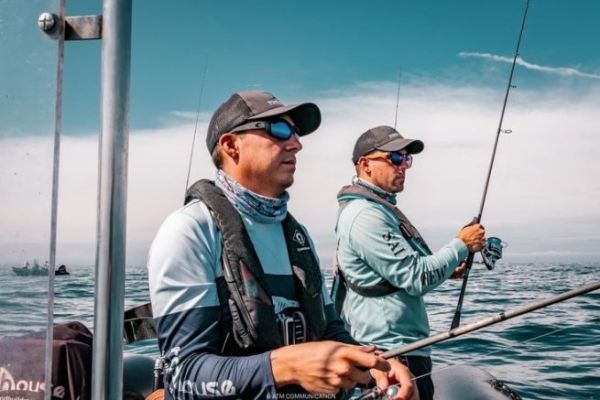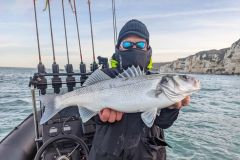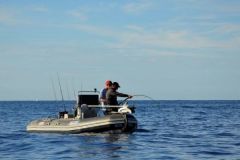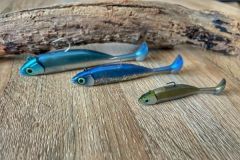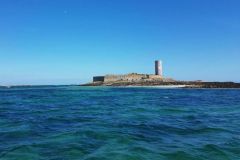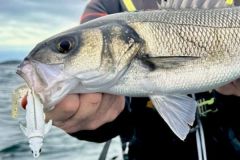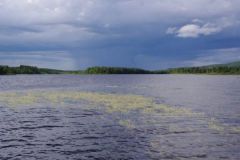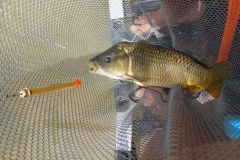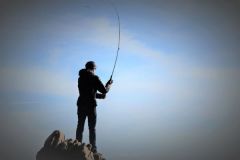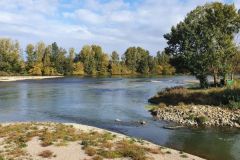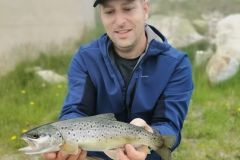Every day at sea is a learning experience. Here are just a few of the lessons I've learned on my sea bass fishing trips.
Use a surface lure on large hunts
Several times this season, I've been lucky enough to come across some intense bird hunting: the euphoria was visible on the surface, thanks to the birds, but also on the bottom, with a glance at the depth sounder.
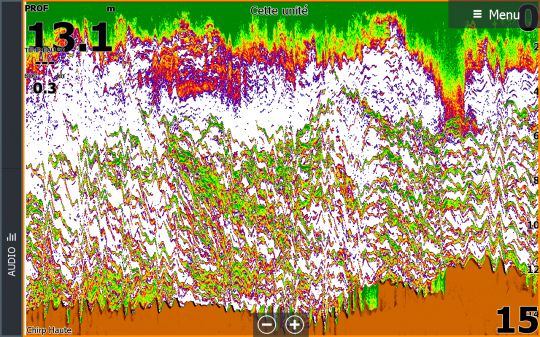
In such circumstances, it can be complicated to select the right fish.
Naturally, I fished these situations with soft lures. Trying to find nice fish on the bottom or away from the euphoria.
I had to admit that this technique wasn't all that effective! So I tested the surface lure and found that the size of the fish caught was often much larger when I used a surface lure.
In this game, Asturias in sizes 130 and 150 mm gave me the best results.
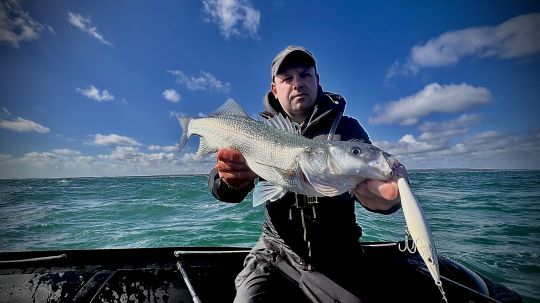
Precise waypoint entry
When I catch a fish in a particular spot and detect it on the sounder, I record a waypoint on the sounder. This allows me to find the spot on a future trip.
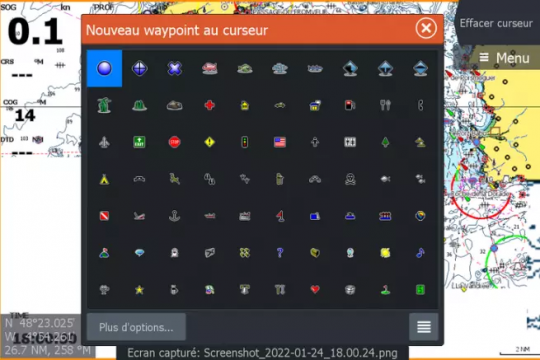
Yes, but it's not just the place that counts, the time of day is just as important. Not all fishing spots are prolific at the same time of the tide. Without this information, you'll be able to revisit the area precisely, but not necessarily at the right time.
Thus, all my waypoints are named as follows: species - tide time - coefficient and I've associated a color according to the incoming tide (red for incoming and blue for outgoing).
For example, if I find active sea bass in an area 3 hours after high tide, I record the point: Bar-PM +3- coefficient 80.
This way, on my next outing, I'll know at a glance on the GPS whether the spots around me are fishing or not.
Search for sea bass in shallower areas
This year, I tried to fish shallower and therefore lighter.
I used to look for sea bass in areas often over 20 m deep.
For various reasons, but in particular the desire to fish lighter, I turned to shallower areas between 5 and 15 metres.
Not only did I get a lot of catches, I also got some bigger fish!
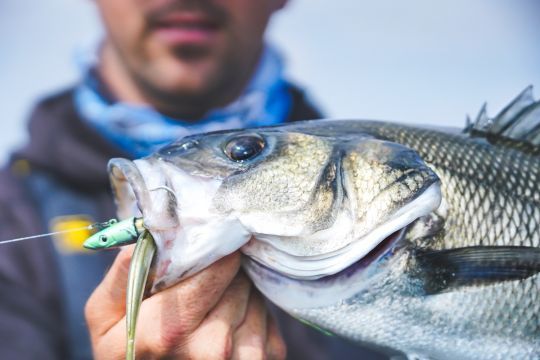
In hindsight, this seems quite logical, especially at the start of the season. The water warms up more quickly around the edges, and a simple ray of sunshine can gain a few degrees, which has a considerable impact on the feeding activity of sea bass.
Shallow fishing also means lighter fishing. To this end, I've fitted myself with a Rodhouse rod that I really like in such conditions: the Rodhouse Republic Statement 724!
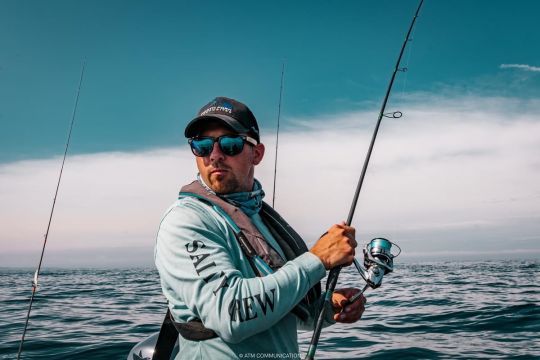
The perfect rod for light fishing. A blank developed by Rodhouse with a length of 7.2 feet (2.18 m) and a power of 5-25 grams. The resonance of this rod is outstanding and its light weight makes it possible to fish all day without tiring.
